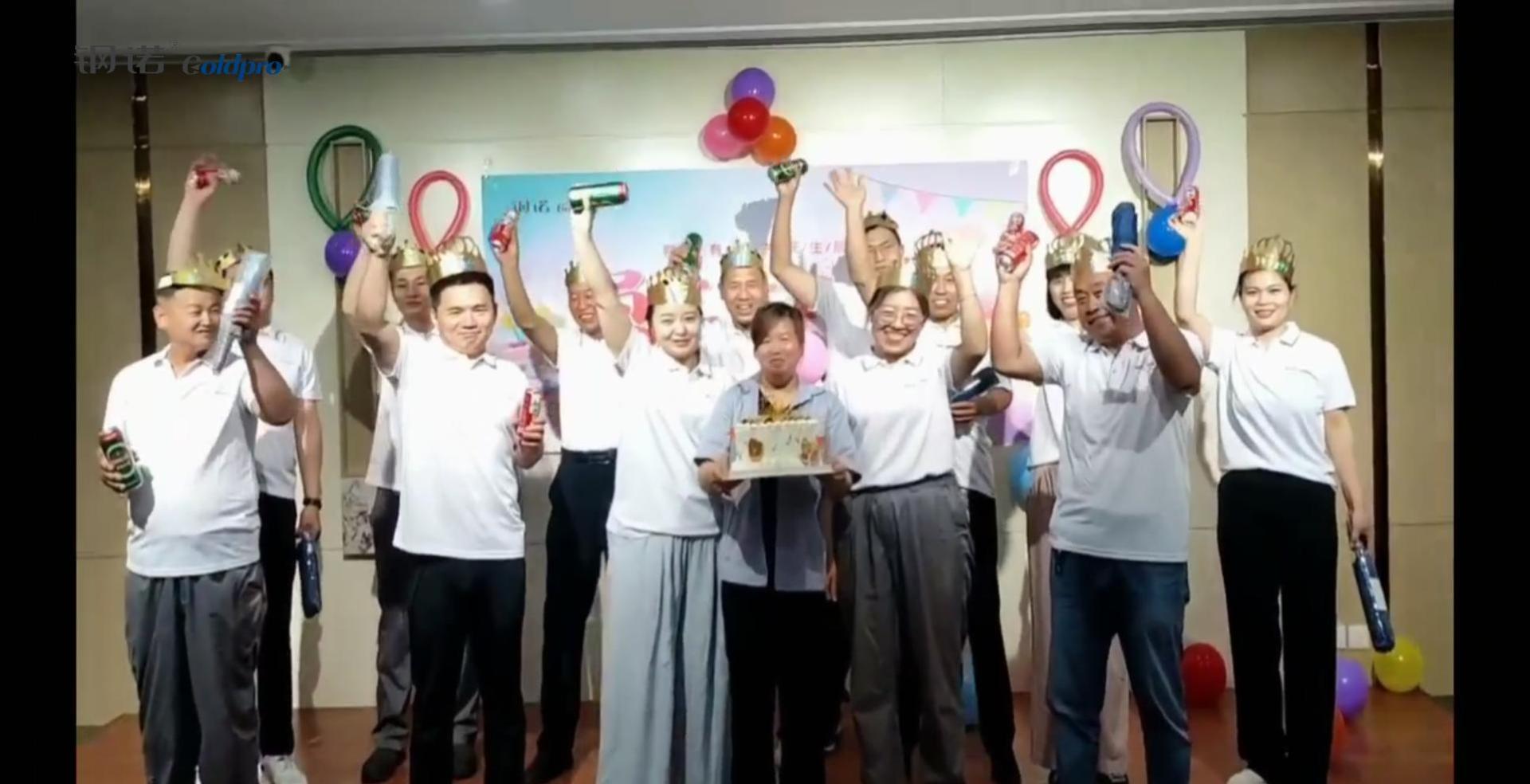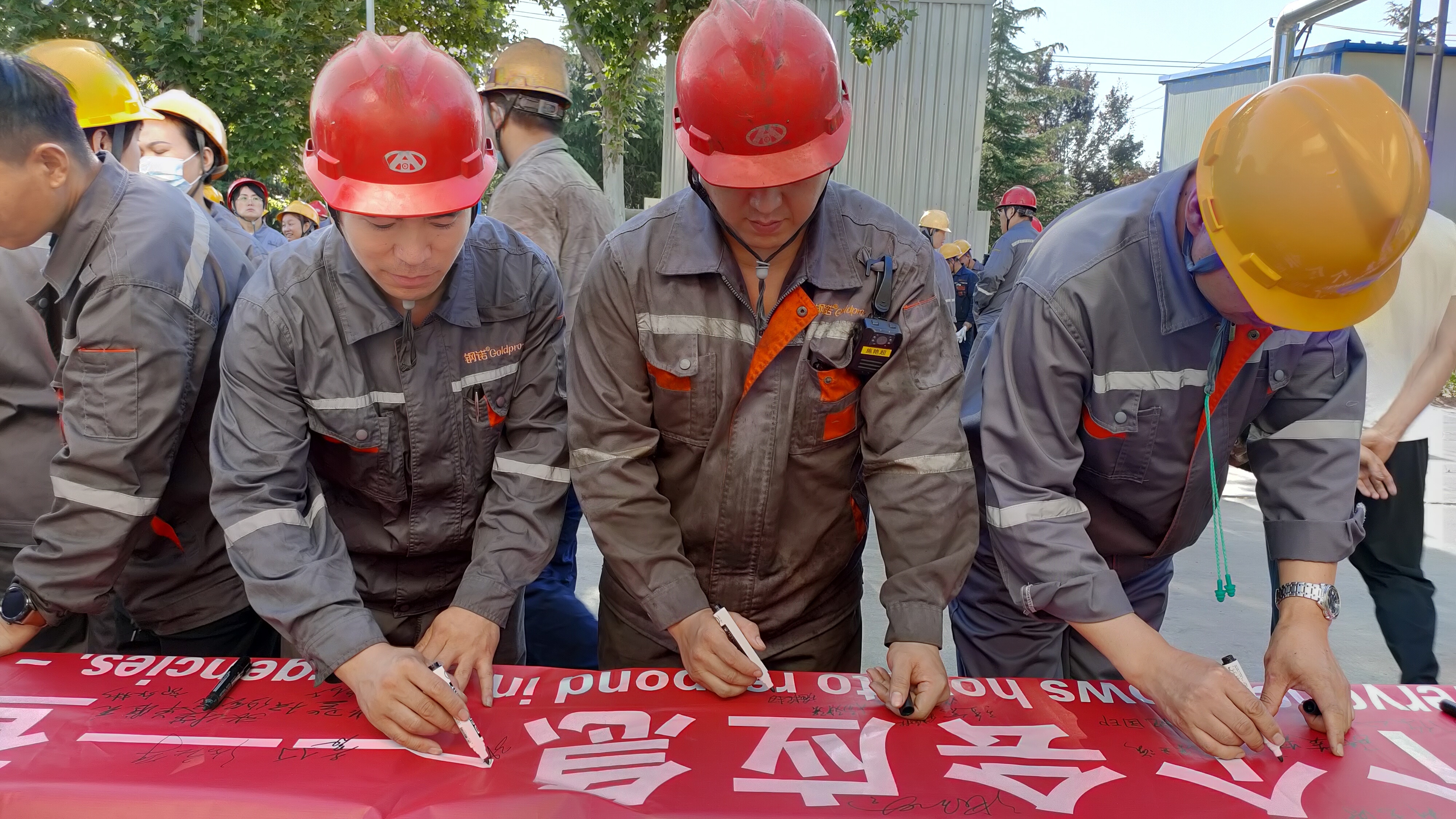Action Guidelines for China's Mining Industry in the Next Five Years — Interpreting the Mineral Content in the "14th Five-Year Plan"
Mar 24,2021
As the first five-year plan since the commencement of the new journey of comprehensively building a socialist modern country, the "Outline of the Fourteenth Five-Year Plan for National Economic and Social Development of the People's Republic of China and the Long-Range Objectives Through the Year 2035" was officially released in full on March 12.
This plan has many new features. For example, for the first time, a chapter is dedicated to science and technology, emphasizing that technological independence is the main pillar of China's economic development. The "Fourteenth Five-Year Plan" also actively explores the improvement of the national planning system, clarifying that development planning plays a leading role and spatial planning plays a basic and supporting role, clearly defining the roles of the two planning systems of development planning and spatial planning.
Looking at this outline, the future development of the mining industry is highly anticipated. The plan mentions the mining industry directly or indirectly in many places. This reporter selects the key points for interpretation.
Keyword: Ensuring Energy Security
Chapter 11 of Part 3, when discussing the construction of a modern energy system, proposes promoting energy revolution, building a clean, low-carbon, safe, and efficient energy system, and improving energy supply security capabilities. Promoting the concentration of coal production in resource-rich areas, reasonably controlling the scale and development pace of coal-fired power generation, and promoting the substitution of electricity for coal. Orderly opening up market access for oil and gas exploration and development, accelerating the utilization of deep-sea, deep-layer, and unconventional oil and gas resources, and promoting increased oil and gas reserves and production. Developing and utilizing geothermal energy according to local conditions. Chapter 53 of Part 15, when discussing the implementation of the energy resource security strategy, proposes adhering to domestic reliance, making up for shortcomings, diversified guarantees, and strengthening reserves, improving the production, supply, storage, and sales system, enhancing the ability to ensure a sustained and stable energy supply and risk control, achieving a safety net for coal supply, self-reliance for core oil and gas needs, and stable and reliable power supply. Consolidating the foundation of domestic production, maintaining stable production and increased production of crude oil and natural gas, and making good plans for the layout and control of coal-to-oil and gas strategic bases. Expanding the scale of oil and gas reserves, and establishing an oil and gas reserve system that organically combines and complements government reserves and corporate social responsibility reserves. Strengthening the construction of coal reserve capacity. Diversifying sources of oil and gas imports, and maintaining the security of strategic channels and key nodes. Cultivating a mainly domestically-driven trading center and pricing mechanism, and actively promoting settlement in RMB. Strengthening the planning and control of strategic mineral resources, improving the capacity to ensure reserve security, and implementing a new round of strategic actions to break through mineral exploration.
Commentary: The Fifth Plenary Session of the 19th Central Committee of the Communist Party of China pointed out the need to ensure the security of energy and strategic mineral resources. To this end, the "Fourteenth Five-Year Plan" further elaborates on the deployment, with coal as a safety net, oil and gas in parallel, geothermal development, land and sea combined, and internal and external cooperation to ensure China's energy security and thus safeguard national economic security.
Keyword: Green Transformation and Development
Chapter 3 of Part 1, when discussing the main objectives of economic and social development during the "Fourteenth Five-Year Plan" period, proposes that new progress will be made in ecological civilization construction. The green transformation of production and lifestyles will yield significant results, energy and resource allocation will be more reasonable, and utilization efficiency will be significantly improved, with energy consumption and carbon dioxide emissions per unit of GDP reduced by 13.5% and 18%, respectively. Chapter 39 of Part 11, when discussing comprehensively improving resource utilization efficiency, proposes improving the level of mineral resource development and protection, developing green mining, and building green mines. Promoting the clean and efficient utilization of coal and other fossil fuels, and promoting the green transformation of industries such as steel, petrochemicals, and building materials.
Commentary: Mining development and ecological and environmental protection are a dialectical unity. Entering a new era, under the guidance of Xi Jinping's thought on ecological civilization, the mining industry has continuously advanced towards green, safe, harmonious, intelligent, and efficient directions, achieving a series of major achievements.
Keyword: National Land Spatial Planning
Chapter 30 of Part 9, when discussing optimizing the pattern of national land space development and protection, proposes basing itself on the carrying capacity of resources and the environment, giving play to the comparative advantages of various regions, promoting the rational flow and efficient aggregation of various factors, and promoting the formation of a new pattern of national land space development and protection with distinct main functions, complementary advantages, and high-quality development. Refining the division of main functional areas, dividing policy units according to the positioning of main functions, formulating differentiated policies for key development areas, ecologically fragile areas, and energy and resource-rich areas, and implementing classified and precise policies. Strengthening the coordinated planning of spatial development and ensuring the implementation of major national development strategies. Supporting areas with strategic functions, such as major grain-producing areas, key ecological functional areas, energy and resource-rich areas, and border areas, to effectively maintain national food security, ecological security, energy security, and border security, and jointly creating a high-quality development dynamic system with power source areas. Optimizing the layout of energy development and transportation, strengthening the construction of comprehensive energy resource development and utilization bases, and improving the level of domestic energy supply security.
Commentary: The Fifth Plenary Session of the 19th Central Committee of the Communist Party of China pointed out the need to build a new pattern of national land space development and protection. This is a new requirement put forward at the strategic goal level, based on the establishment of a national land space development and protection system at the institutional level proposed at the 18th National Congress of the Communist Party of China, the Third Plenary Session of the 18th Central Committee, and the 19th National Congress. China's economy has shifted from high-speed growth to high-quality development. High-quality development includes not only the high-quality development of industries, but also the high-quality development of space. To this end, the "Fourteenth Five-Year Plan" makes detailed deployments according to urbanized areas, major grain-producing areas, and ecological functional areas.
Keyword: Scientific and Technological Self-Reliance
Chapter 4 of Part 2, when discussing strengthening original and leading scientific and technological research, proposes formulating and implementing strategic scientific plans and scientific projects in basic and core fields related to national security and development. Aiming at frontier fields such as aerospace technology and deep earth and deep sea, implementing a number of national major scientific and technological projects with forward-looking and strategic significance. Based on urgent and long-term national needs, concentrating superior resources to tackle key core technologies in fields such as oil and gas exploration and development.
Commentary: The Fifth Plenary Session of the 19th Central Committee of the Communist Party of China clearly pointed out the need to uphold innovation's core position in China's modernization drive, making scientific and technological self-reliance a strategic support for national development, and accelerating the building of a strong science and technology country. Improving the scientific and technological innovation capabilities of the mining industry is a systematic project, including strengthening basic research, using market-oriented mechanisms to encourage enterprises to increase R&D investment, and conducting international scientific and technological cooperation. These aspects are what we have consistently adhered to in the past, and we will continue to strengthen them in the future.
Keyword: Expanding Investment Space
Chapter 14 of Part 4, when discussing expanding investment space, proposes optimizing investment structure, improving investment efficiency, and maintaining reasonable investment growth. Accelerating the improvement of shortcomings in areas such as infrastructure, municipal engineering, agriculture and rural areas, public security, ecological and environmental protection, public health, material reserves, disaster prevention and mitigation, and people's livelihood security, promoting enterprise equipment upgrades and technological transformation, and expanding investment in strategic emerging industries. Promoting the construction of major projects such as new infrastructure, new urbanization, and transportation and water conservancy, which both promote consumption and improve people's livelihood and adjust the structure and increase momentum. Facing national major strategies, implementing major projects such as the Sichuan-Tibet Railway, the Western Land-Sea Corridor, the national water network, the lower reaches of the Yarlung Zangbo River hydropower development, space exploration, and Beidou industrialization, and promoting the construction of a number of major projects with a strong foundation, increased functions, and long-term benefits, such as major scientific research facilities, major ecological system protection and restoration, public health emergency response, major water diversion, flood control and disaster reduction, power transmission and gas transmission, and transportation along borders, rivers, and coasts.
Commentary: Accelerating the improvement of shortcomings in traditional infrastructure, promoting the construction of major projects such as new infrastructure, expanding investment in strategic emerging industries, and implementing national major strategic projects, all of which provide a certain scale of demand for mineral products, while also reminding the mining industry to make corresponding structural adjustments to mineral products according to changes in demand structure.
Keyword: Optimizing the Business Environment
Chapter 22 of Part Six discusses building a first-class business environment, proposing to deepen the reform of streamlining administration and delegating power, combining regulation with deregulation, and optimizing services; comprehensively implementing the government's power and responsibility list system; and continuously optimizing the market-oriented, legalized, and internationalized business environment. This includes streamlining administrative licensing matters, reducing and merging qualification and licensing approvals, canceling unnecessary filings, registrations, annual inspections, and certifications, and regulating inspections involving enterprises. It also involves innovating government service methods, promoting convenient approval and service, and improving the business environment evaluation system.
Commentary: The healthy and sustainable development of the mining industry relies on policy support. Regarding the allocation of mineral resources and service support mechanisms, the Ministry of Natural Resources has issued policies to actively promote "clean mining" concessions, implement same-level management of exploration rights and mining rights concessions for the same mineral type, etc., allowing mining right holders to spend less time running around and eliminating their worries. We look forward to more favorable policies in the future to make it easier for mining enterprises to conduct business and operate more smoothly.
Keywords: Improving poverty alleviation levels
Chapter 26 of Part Seven discusses improving the overall development level of poverty-stricken areas, proposing to implement an action plan to improve the characteristic planting and breeding industries in poverty-stricken areas, widely carry out agricultural product production and sales docking activities, and deepen and expand consumption-based poverty alleviation. In the western region's poverty-stricken counties, a group of key counties for rural revitalization will be supported, receiving concentrated support in terms of finance, finance, land, talent, infrastructure, and public services, enhancing their ability to consolidate poverty alleviation achievements and achieve endogenous development. The mechanisms of East-West cooperation and pairing assistance, central unit-designated assistance, and social participation in assistance will be adhered to and improved, adjusting and optimizing the pairing assistance relationships and methods of East-West cooperation, and strengthening industrial cooperation and labor cooperation.
Commentary: At the end of 2016, a pilot reform of asset-based poverty alleviation through the development of water, electricity, and mineral resources in poverty-stricken areas was launched, ending at the end of 2019. During the pilot period, the National Development and Reform Commission, together with relevant departments such as the Ministry of Natural Resources, strengthened the overall guidance of the pilot work, promoting positive results, allowing farmers to share the fruits of resource development, ensuring that poor people receive stable asset income, achieving stable poverty alleviation and preventing relapse. At the same time, this has driven improvements in infrastructure and county-level economic development, accelerating the local poverty alleviation efforts. The National Development and Reform Commission stated that it will carefully summarize the pilot experience, institutionalize effective practices, and incorporate them as an important part of China's improved ecological protection compensation mechanism.







